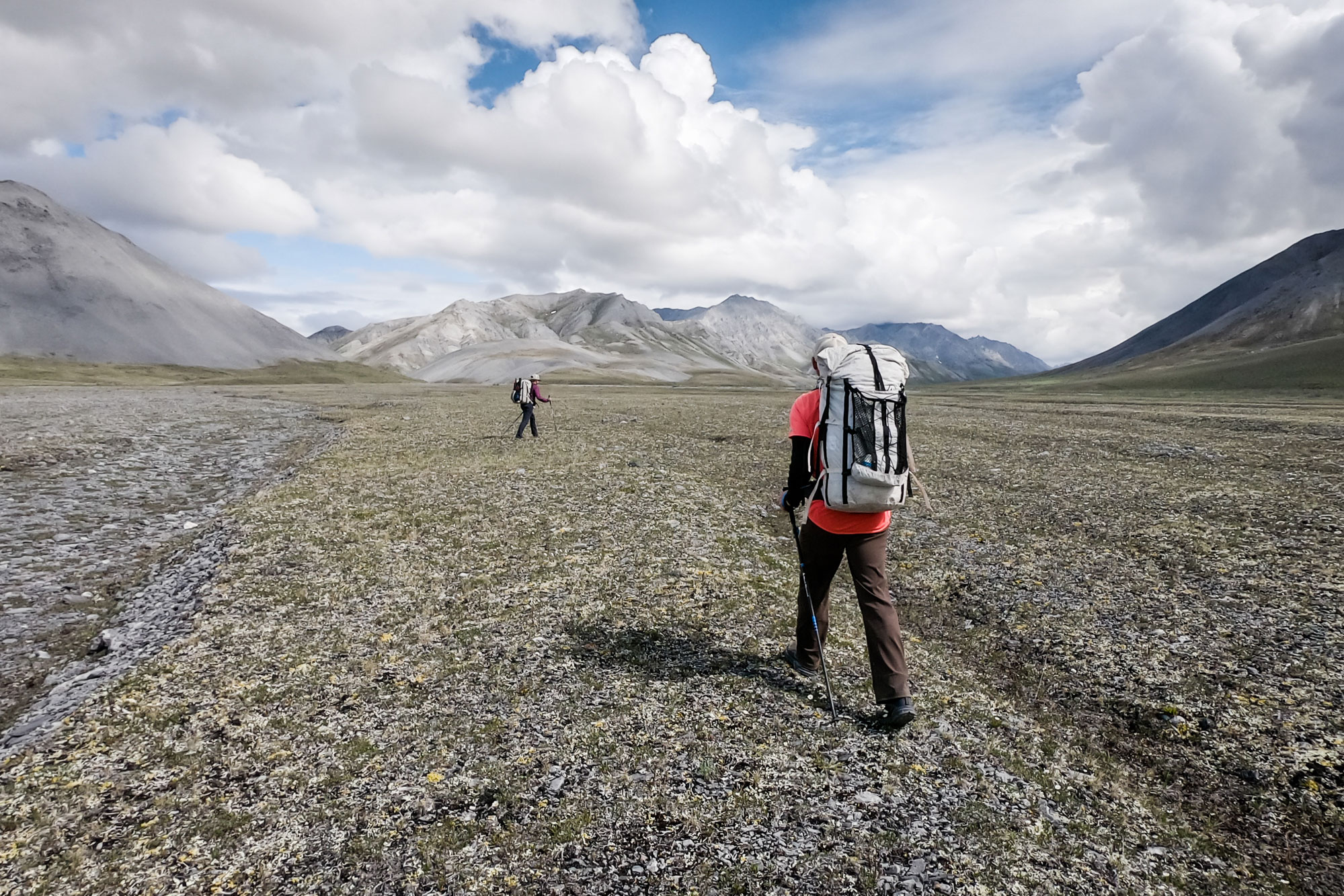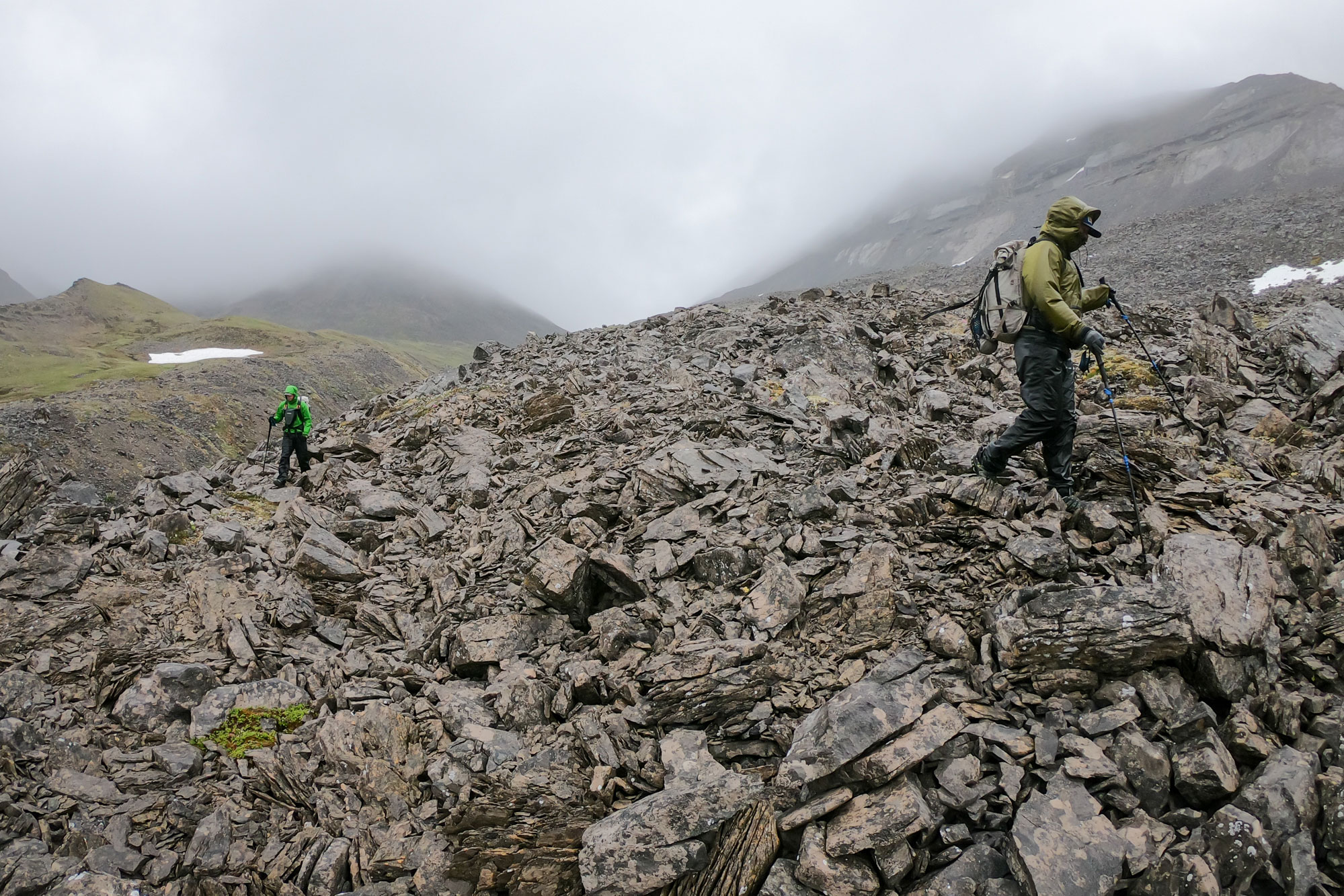Weakest Link Syndrome: What It Is and How to Overcome it

What is Weakest Link Syndrome?
Weakest Link Syndrome refers to the experience of feeling like you’re the slowest one in the group and that it’s harder for you than it is for other people.
The origins of this term are under debate - I learned it from my husband Luc who credits his friend Erica, but Erica says it didn’t come from her! It’s a hot debate. Regardless of its origins, the experience of Weakest Link Syndrome is extremely common, very relatable, and there’s no shame in having it!
Let’s unpack what Weakest Link Syndrome looks like and the strategies we can use to work with it.
Whether we’re out skiing, biking, or backpacking, many of us have felt like we’re the slowest person in the group. Think of it as anytime you feel like you’re the ‘weakest link’ in the group. This could be struggling to keep up, learning new things, or being a beginner at something when you feel like you ‘should’ be further along. These experiences can bring up really normal feelings of insecurity and anxiety, what we call Weakest Link Syndrome.

In outdoor recreation, we might feel like the ‘weakest link’ because we are at the back of a group hike, or we’re the last person to make it to the top of a climb. This feeling can also come up when we’re moving at the same pace as others, but perceive that we are having to work harder than our friends to keep up.
Being able to name these feelings is often the first step toward working through them, no matter what the situation.
What Causes Weakest Link Syndrome?
Comparing our abilities to the people around us is a really human thing to do. In fact, it’s an evolutionary strategy that our social nervous systems developed to help keep us safe.
When humans lived in hunter-gatherer societies, staying with the group was important to survival. Being around other humans was safer in our ancestors’ daily lives. They also needed to keep up when the group migrated to new environments. Being left behind or on the outskirts could put them at greater risk from other groups of humans, hunger, predators, and other threats.

So, when we remember that comparing ourselves to others evolved as a way of assessing our safety, it makes a lot of sense that our brains do this! It’s possible that somewhere in your family history, your ancestors needed this skill to survive. You may also have your own personal history of trauma or other life experiences that have reinforced these survival skills.
For folks with marginalized identities, the stress of not keeping up often hits harder. Racism, homophobia, sexism, ableism, and many other forms of bias mean many folks are expected to work harder to ‘earn’ their place in a group. The consequences of not fitting in are often higher for marginalized individuals, too, and can result in real impacts like mental strain, interpersonal conflict, and physical harm.
In other words, many factors can make you hyper-aware of the pressure to measure up. And those pressures are real. Years of societal messaging and conditioning can translate to higher anxiety in relatively harmless situations like being the slowest skier on a trip with friends.
When we see that the anxiety of keeping up and comparing ourselves to others are survival skills, it can help us treat those thoughts with compassion instead of shame. But in most present-day situations, keeping up isn’t a safety threat. Instead, we can recognize where these thoughts come from and shift toward a more helpful perspective.
Now that we know where these feelings come from, let’s talk about what to do about them.

Strategies for Managing Weakest Link Syndrome
Here are four practices for shifting out of a place of anxiety and back into a more relaxed mindset.
-
Release anticipatory pressure
It’s easy to assume that when others are waiting for us, they’re feeling annoyed or impatient. Anticipating that our friends are pressuring us to go faster is not a good feeling. But what if the roles were reversed? How do you feel when you’re the one waiting on someone who’s slower than you? You probably want them to feel supported and encouraged. You might feel compassion that they might be having an off day. Your friends probably feel the same way about the days you’re moving slower! Reminding ourselves that our friends support us without judgment can help relieve pressure. -
Recognize everyone’s unique contributions
Being able to move fast isn’t the only measure of a valuable group member. People create a great group dynamic in so many unique ways: a sense of humor, knowledge of plant and animal life, first aid/medical training, supportive and encouraging attitude, being a great photographer, and so many more. Take a moment to recognize what you appreciate in each group member, including yourself, and notice how the pace isn’t the defining quality of a good outdoor buddy. -
Imagine another person in the group behind you
Picture there’s an imaginary friend a few steps behind you. Or, you could pick a friend who you look up to and pretend they’re down the trail from you. Imagine that friend is totally relaxed and having a great time, regardless of their pace. If you weren’t the caboose of the group, how would that change how you feel? With your imaginary friend behind you, you might feel less stress about the pace, and instead start to relax and have more fun. -
Slow down
Yes, slow down even more! It might sound counterintuitive, but this can be a very valuable strategy. Let’s say you’re having a ‘slower day’ and are using 85% of your energy to maintain a certain pace. Others in your group might be having a ‘faster day’ and only be using 70% of their energy to move at the same speed. Pushing yourself at 85% will eventually catch up to you, leaving you feeling even more tired, stressed, and grumpy. Instead, try finding a pace that is truly comfortable & enjoyable for you — and remember, this might be different depending on the day. Slowing down can help you enjoy the experience more instead of overdoing it. A more sustainable pace will also help your nervous system relax, which can help release anxiety.
Now that you understand more about Weakest Link Syndrome, take a moment to reflect on how this concept feels for you. Try one or two of these strategies at a time and see what works best. You can use these in your workouts, in your daily life, your outdoor recreation life, or maybe all three.
Remember that adjusting our thought patterns is a practice. Take good care and be kind to yourself as you practice working through these feelings.
If you want to deepen your learning and have some support as you integrate these concepts, consider joining us in Ski Babes and Summer Strong where we explore Weakest Link Syndrome and more in our Mindset Modules.
Workouts are a fantastic way to practice easing the intensity of Weakest Link Syndrome. When our body's energy levels and abilities fluctuate - sometimes on a daily basis - we often have to practice doing less even when we feel like we "should" be doing more. This is a great time to try the four strategies above. Practicing these in a workout is easier than in the outdoors because you don't have the actual measuring of forward progress or as much social pressure.
Workouts can provide the practice ground to move these strategies from the mind into the body. This is often called integration or embodiment - a shift from "I know what I should do but don't always remember to do it" to "my body & mind know what to do and just do it without me having to think about it."
